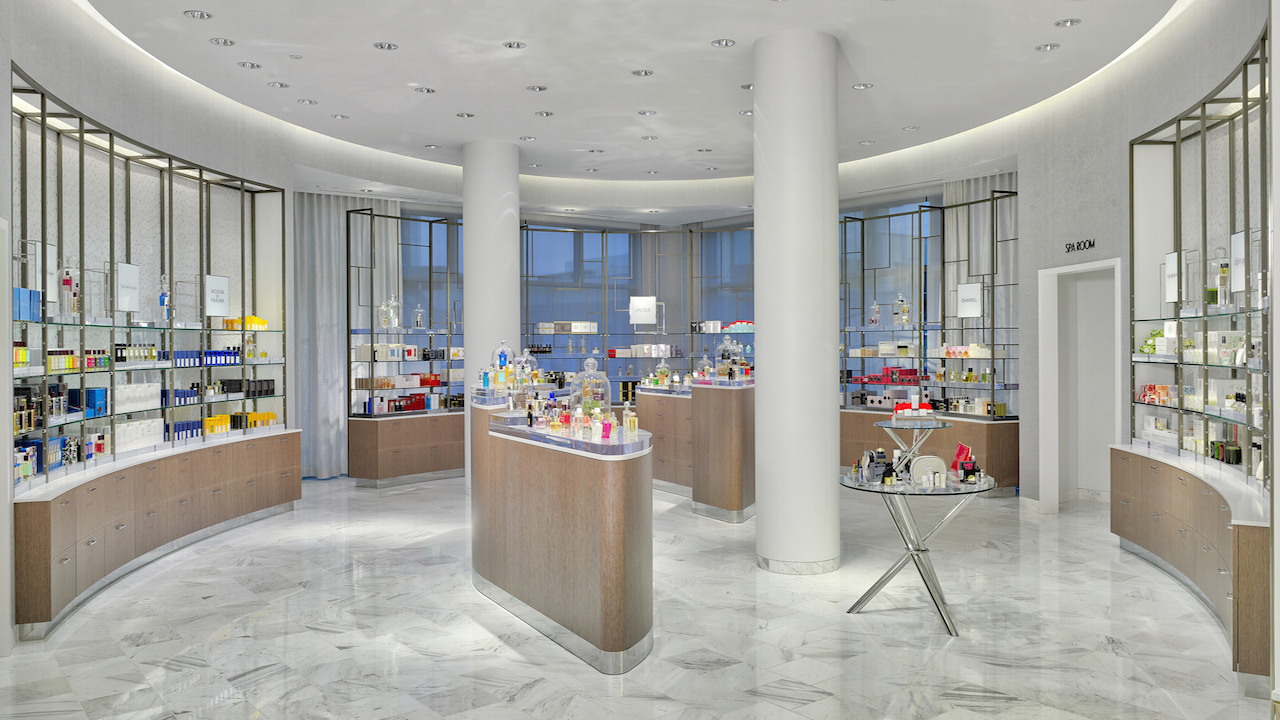Market Impact
Saks buying neiman marcus – The acquisition of Neiman Marcus by Saks Fifth Avenue is expected to have a significant impact on the luxury retail market. The merger of these two iconic brands will create a formidable competitor in the high-end retail sector, with a combined annual revenue of over $10 billion.
Saks’ acquisition of Neiman Marcus is a strategic move that strengthens its position in the luxury retail sector. As part of its global expansion strategy, Saks is also investing in Saks Global , a platform that will enable the company to reach a wider international audience.
The acquisition of Neiman Marcus will further enhance Saks’ global presence and solidify its position as a leading player in the luxury market.
The acquisition will also reshape the competitive landscape of the luxury retail industry. Saks Fifth Avenue and Neiman Marcus have traditionally been direct competitors, but the merger will allow them to combine their resources and leverage their respective strengths to better compete with other luxury retailers such as Nordstrom, Bergdorf Goodman, and Barneys New York.
Amidst the recent acquisition of Neiman Marcus by Saks, there has been a surge in concerns over the safety of pet food. Cat food recalls have become a prevalent issue, prompting pet owners to scrutinize the ingredients and origins of their feline companions’ meals.
As Saks expands its portfolio with the acquisition of Neiman Marcus, it will be crucial for the luxury retailer to address the growing demand for transparency and accountability in the pet food industry.
Synergies and Challenges
The merger of Saks Fifth Avenue and Neiman Marcus is expected to create a number of synergies that will benefit both companies. These synergies include:
- Increased scale and buying power
- Expanded customer base
- Improved operational efficiency
- Enhanced marketing and branding
However, the merger also presents a number of challenges that the companies will need to overcome. These challenges include:
- Integrating two different corporate cultures
- Managing the potential loss of key employees
- Dealing with the increased debt load
Customer Implications: Saks Buying Neiman Marcus

The acquisition of Neiman Marcus by Saks has significant implications for customers of both brands. It presents opportunities for enhanced value and personalized experiences, while also raising concerns about brand loyalty, product offerings, and shopping experiences.
One of the key benefits for customers is the potential for a wider selection of products and services. Saks and Neiman Marcus have distinct product offerings, and the merger could result in a more comprehensive range of luxury goods, including fashion, accessories, beauty, and home décor.
Brand Loyalty
The acquisition could impact brand loyalty for both Saks and Neiman Marcus customers. Some customers may remain loyal to their preferred brand, while others may be drawn to the expanded offerings and enhanced experiences provided by the combined entity.
- Customers who value the unique brand identity and heritage of Saks or Neiman Marcus may be hesitant to switch brands.
- However, customers who prioritize a wider selection, exclusive products, and personalized services may be more likely to explore the combined offerings.
Financial Considerations

The acquisition of Neiman Marcus by Saks is a significant financial transaction that has the potential to reshape the luxury retail landscape. The combined entity will create a formidable player in the industry, with a wider geographical reach, a more diverse product portfolio, and a stronger financial position.
The financial implications of the acquisition are multifaceted and require careful analysis. In this section, we will delve into the revenue projections, cost synergies, potential risks, and impact on Saks’s financial performance and long-term growth strategy.
Revenue Projections
The combined entity is expected to generate significant revenue synergies through increased scale, cross-selling opportunities, and improved operational efficiency. Saks estimates that the acquisition will add $1.5 billion to its annual revenue, driven by the expansion of Neiman Marcus’s product offerings into Saks’s stores and the introduction of Saks’s private label brands into Neiman Marcus’s stores.
Cost Synergies
The acquisition is also expected to generate substantial cost synergies through the elimination of duplicate operations, the optimization of supply chain management, and the consolidation of back-office functions. Saks estimates that these synergies will amount to $100 million annually, which will contribute to the overall profitability of the combined entity.
Potential Risks
While the acquisition presents significant opportunities, there are also some potential risks that need to be considered. These include the integration challenges associated with combining two large and complex organizations, the potential for customer attrition due to changes in store formats and product offerings, and the impact of economic headwinds on consumer spending.
Impact on Saks’s Financial Performance
The acquisition is expected to have a positive impact on Saks’s financial performance. The increased revenue and cost synergies are expected to drive growth in earnings per share and improve the company’s overall profitability. The acquisition will also strengthen Saks’s financial position, providing it with greater flexibility to invest in new growth initiatives and weather economic downturns.
Return on Investment for Saks Shareholders, Saks buying neiman marcus
The acquisition is expected to generate a positive return on investment for Saks shareholders. The increased earnings per share and improved profitability are expected to lead to a higher stock price, which will benefit shareholders. The acquisition will also enhance Saks’s long-term growth prospects, providing shareholders with the potential for future value creation.